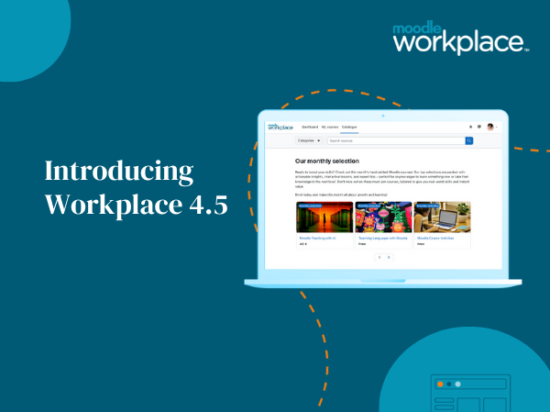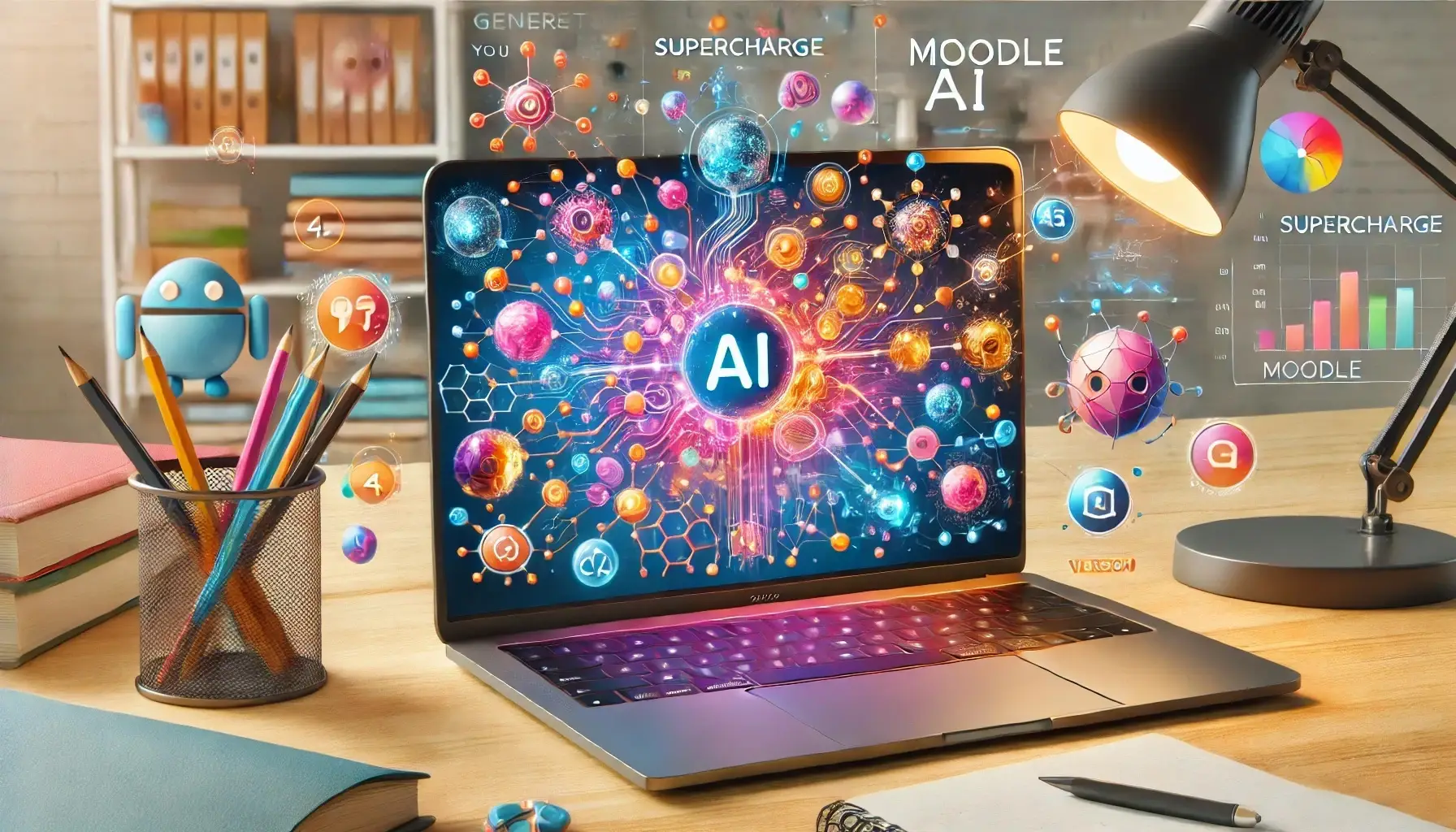Digital learning is evolving rapidly, driven by new technologies and the growing demand for flexible, personalised education. As we move further into 2024, several trends are shaping how learners interact with content and how organisations deliver training. From AI-powered tools to immersive experiences, here are the top trends in digital learning that are transforming the future of education.
1. AI-Driven Personalisation
Artificial intelligence is enhancing digital learning by offering highly personalised experiences. AI-powered platforms now adapt content to individual learners’ needs, helping them focus on areas they struggle with while skipping what they’ve mastered. AI tools like virtual tutors and chatbots provide real-time feedback and support, creating a more engaging learning environment.
This trend is key in making education more efficient and tailored to each person’s pace, improving overall learning outcomes.
2. Microlearning for Busy Learners
In today’s fast-paced world, microlearning has become essential for digital learners. By delivering short, focused content, learners can absorb information in quick, manageable doses. This is particularly effective for professionals looking to upskill or reskill without committing to lengthy courses. Microlearning fits seamlessly into mobile platforms, allowing people to learn on the go.
This trend is growing rapidly, especially in corporate settings, where employees benefit from just-in-time learning to stay competitive.
3. Gamification and Immersive Experiences
Gamification continues to play a crucial role in boosting learner engagement. By adding elements like points, badges, and challenges, learning platforms make education more interactive and enjoyable. Learners are motivated to reach milestones and engage more deeply with content, leading to better retention.
Emerging technologies like virtual reality (VR) and augmented reality (AR) are enhancing this trend. With VR/AR, learners can practice real-world skills in immersive, simulated environments. From virtual surgeries to complex engineering tasks, these technologies offer hands-on experiences that can’t be replicated through traditional methods.
4. Collaborative and Social Learning
Another of the top trends in digital learning is the rise of social and collaborative platforms. As remote work becomes more common, learners increasingly rely on digital tools to connect, collaborate, and share ideas. Many online courses now incorporate group projects, peer feedback, and discussion forums to encourage teamwork and foster community learning.
In corporate settings, social learning allows employees to share knowledge and experiences, driving continuous learning and innovation. Digital learning tools are now designed to integrate these social components, making education more interactive and collective.
5. Learning Analytics for Better Insights
Data is transforming digital education. Learning analytics tools provide instructors and organizations with detailed insights into learner progress, engagement, and performance. By analysing patterns, educators can adjust course materials and offer targeted support to students who need it most.
For businesses, learning analytics help track the effectiveness of training programs, ensuring they deliver a strong return on investment (ROI). This trend helps create data-driven, results-oriented learning environments that benefit both educators and learners.
6. Mobile Learning and Flexibility
Mobile learning has become a cornerstone of digital education, especially as more people prefer to learn on the go. Whether through smartphones or tablets, learners can now access courses, lessons, and materials anytime, anywhere. This flexibility supports busy professionals who need to fit learning into their schedules without interrupting their work.
As more platforms prioritise mobile-first design, mobile learning will continue to grow. It also encourages asynchronous learning, where students learn at their own pace, making education more accessible to diverse audiences.
7. Sustainability and Lifelong Learning
Digital learning aligns with the global push for sustainability. By reducing the need for physical resources like textbooks or travel, online learning reduces environmental impact. More companies are moving their training programs online to support their sustainability goals.
Additionally, lifelong learning is more critical than ever. As technology and market demands shift, employees need ongoing education to stay relevant. Digital learning platforms provide easy access to the latest skills and knowledge, enabling continuous growth throughout one’s career.
Conclusion
These top trends in digital learning—AI-driven personalisation, microlearning, immersive experiences, collaborative tools, and data analytics—are reshaping the way we learn. With mobile learning offering flexibility and sustainability becoming a priority, digital education will continue to evolve. As these trends grow, learning will become more accessible, personalised, and impactful, meeting the needs of both learners and organisations in 2024 and beyond.







